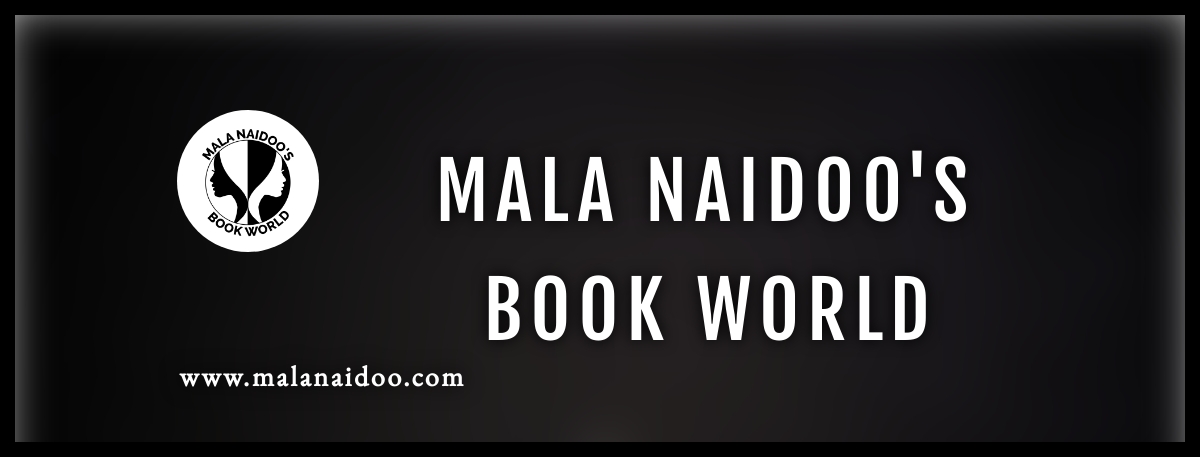Book blurbs are as important as the cover story of your book. It’s what readers look at to decide if they will take it home to love. Why? Because they cannot walk away from the temptation the blurb triggered. Think of it this way, if you’re a chocoholic, or one who cannot walk past a coffee shop, without going in to pick up a cup of your favourite beverage, because the aroma is overwhelmingly tempting, or the sight and smell of your favourite chocolate bar, is irresistible enough to make you pick up many bars, while you chomp on one on the way home!
It’s not that easy with a book blurb, but the temptation must be created through a strategic choice of keywords, associated with your genre. Tap into the right sensory imagery, tug at emotions, create a connecting interest. Say enough to grab the reader’s interest, to make them want to know more – that should be your blurb goal.
Captivating your potential reader in 200 words, including your intriguing heading, is the sum of the blurb. Second, to the book itself, the blurb is a significant part of the book package. It’s a sales pitch that has to have a timeless ring. Intrigue without giving too much away is the trick. It takes several drafts to perfect the blurb, and it might also mean going back to it after your book has been published, to tweak your choice of language by perhaps escalating how you present tension or to cut back on the number of words used etc, to draw more reader interest and enhance book sales.

Short, Concise, Punchy, Captivating
Often the blurb is left as the final step in creating a book. It’s a vital part of your book package and should be developed along with the writing of the story. A summary point of each chapter should be written to have a storehouse of ideas to draw from. Play around with possible blurbs as you are writing your novel. This morphs as you reach the middle or end of the writing process. The crafting of the blurb becomes less onerous this way.
A few suggestions to consider when constructing a blurb.
- Who is my audience?
- How will I entertain them?
- What emotions do I want to elicit?
- What’s at the core of my story – my purpose?
- What’s the high point – the point of challenge and intrigue
- What does my book offer?
- How will I create a sense of place
- What will I say about the characters?
- Avoid spoilers
- Use a hook opening line/question
- Use hyperbole to heighten reader interest
- Keep your voice/tone authentic
- Write a blurb tailored to your genre
- Keep it succinct, punchy, captivate the reader
- End with a cliff-hanger
A book I recommend reading and drawing skills from in writing a killer blurb, is Bryan Cohen’s, How To Write A Sizzling Synopsis. It’s a step by step guide to a sizzling synopsis.
Write your killer blurb for your next brilliant story!
Please share your thoughts on what grabs you in a killer blurb, in the message box below.
Happy Reading, Happy Creating!






























You must be logged in to post a comment.